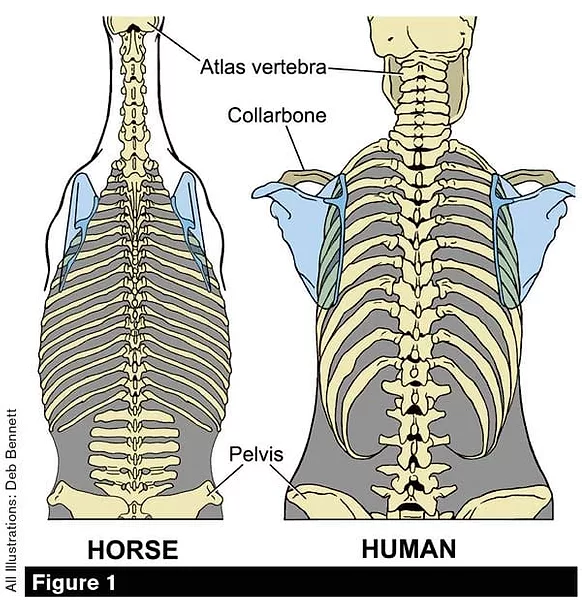American Farriers Journal
American Farriers Journal is the “hands-on” magazine for professional farriers, equine veterinarians and horse care product and service buyers.

Most, if not all, farriers are already familiar with the chain of bones that forms the equine forelimb: scapula, humerus, radius-ulna, carpal bones, cannon bones and splints, pastern bones and coffin bone. Added to this list are the three pseudo-bones called sesamoids, which lie behind the ankle and coffin joints. Joints form where bones meet. Specializations of equine joint shape have a big impact on the way the horse’s forelimb functions. Because joint shape dictates movement capability, the architecture of the horse’s joints is the ultimate determinant and guide for forelimb reciprocation.
The basic function of the skeleton is to support the weight of the body against the downward pull of…